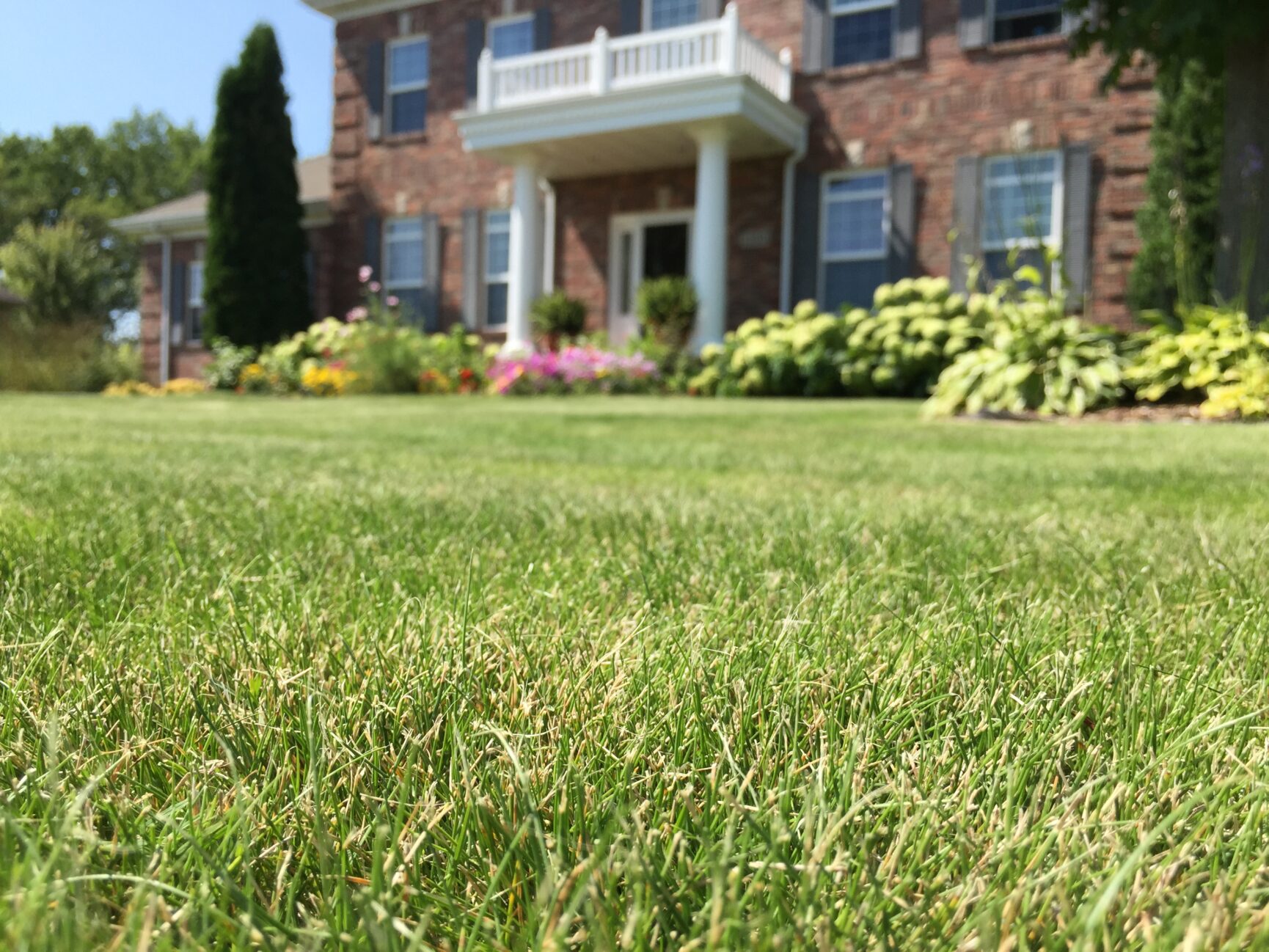Your lawn may be looking tough after last year’s dry conditions followed by a long winter. Spring time is a great opportunity to get your lawn back on track and looking its best again. If your lawn is looking bare or you are starting a new lawn from bare soil, you are not alone. Here are a few things to consider when starting your grass seeding:
Prepare the Soil
If you’re doing a brand new seeding, make sure the soil is firm and free from all debris or clumps. Having a smooth, weed-free seed bed is crucial for seed-to-soil contact on new seedings. If you have an existing lawn, now is the time to thatch or rake up any old or dead thatch from last year. Preparing is the most important tool for seeding into existing lawn. If your seeds do not have a chance of hitting the soil, they simply won’t germinate. Seed-to-soil contact is the key to success.
Choose the Right Seed
Kentucky Bluegrass is the standard for most lawns in the upper Midwest. It is a cool season grass that does well on a wide variety of soil types. However, by adding Fescue to your lawn seed, you help hedge the bet when temperatures get hot and conditions are dry. Creeping red, chewings, sheep, and hard and tall fescues are all hearty species that complement Kentucky bluegrass. Also, if your budget allows, now is the time to apply starter lawn fertilizer. The Millborn 13-13-13 is a starter used to jump start those seedlings.
Spread the Seed
By hand or by tool, that is the question! If you are doing small spots that a few handfuls of grass will cover, by hand is a great option. For larger areas, hand or wheel spreaders will be the way to go for a more even and consistent establishment of your seedlings. If you have the time, take half of your seed and go north to south and then again with the last half of the seed, go east to west.
Cover your Tracks
Last but not least, it’s good to gently cover your seeds with a spring tooth rake or similar type tool to consistently cover the seeds. You may see seed on the top soil – that is acceptable. Ideally, you’d like to either get a nice rain or lightly water the grass after planting – usually 20-30 minutes of a standard sprinkler system or garden hose on the area is adequate during the establishment (1 inch per week is the goal). You will want to do consistent, frequent waterings vs. all at once.
The first 30 days after planting grass is when the hard work takes place. During this time, the seedlings will be germinating and roots will be establishing, so ensure you avoid foot traffic during the establishment period. Let the new grass get 3-4” tall before the first mowing and keep the first few mowings plenty high. Mowing too short can stress the plant during the hot part of summer, damaging the hard work you put in.
If you have questions or want more information about turf management, please contact Team Millborn.

Discussion
0 Comments